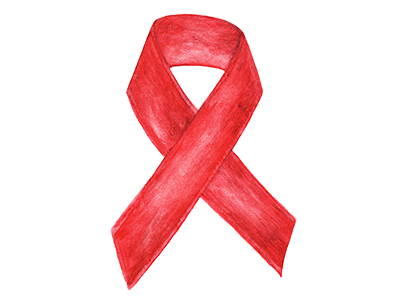Condom Availability Programs (CAPs)

Young people in the United States have markedly high rates of sexually transmitted diseases (STD), new HIV infections, and unintended pregnancy.1-3 Although condom use is one of the most effective methods to prevent these outcomes, condom use among teens has declined over the last decade.4
Condom availability programs (CAPs) began in the early 1990s and are one way schools can help prevent HIV, STD, and pregnancy among teens. Research has shown that CAPs in high schools do not increase sexual activity among teens and can increase condom use among sexually active students and students at high risk.5
Most CAPs make condoms available free of charge in places like the school nurse’s office, school-based health centers, designated classrooms, or special vending machines. CAPs are generally combined with sexual health education and referrals to community providers for contraceptive services and HIV/STD testing and treatment.
Despite support from The Society of Adolescent Health and Medicine and other health experts6, only 7.2% of high schools and 2.3% of middle schools made condoms available to students in 2014.7
- Satterwhite CL, Torrone E, Meites E, et al. Sexually transmitted infections among US women and men: prevalence and incidence estimates, 2008. Sex Transm Dis 2013; 40(3): 187-93.
- Diagnoses of HIV infection in the United States and dependent areas, 2017. HIV Surveillance Report 2018;29
- Finer LB, Zolna MR. Declines in Unintended Pregnancy in the United States, 2008-2011. N Engl J Med 2016; 374(9): 843-52.
- Centers for Disease Control and Prevention. Youth Risk Behavior Survey, Data Summary and Trends Report, 2007-2017. Atlanta, GA: Centers for Disease Control and Prevention; 2018. Accessed February 5, 2019.
- Andrzejewski J, Liddon N, Leonard S. Condom availability programs in schools: A review of the literature. Am J Health Promotion. 2019;33(3):457-467.
- Society for Adolescent Health and Medicine. Condom availability in schools: a practical approach to the prevention of sexually transmitted infection/HIV and unintended pregnancy. J Adolesc Health. 2017;60(6):754–757.
- Brener ND, Demissie Z, McManus T, Shanklin SL, Queen B, Kann L. Results from the School Health Policies and Practices Study 2014. Atlanta: Centers for Disease Control and Prevention; 2015. Accessed May 22, 2019.
